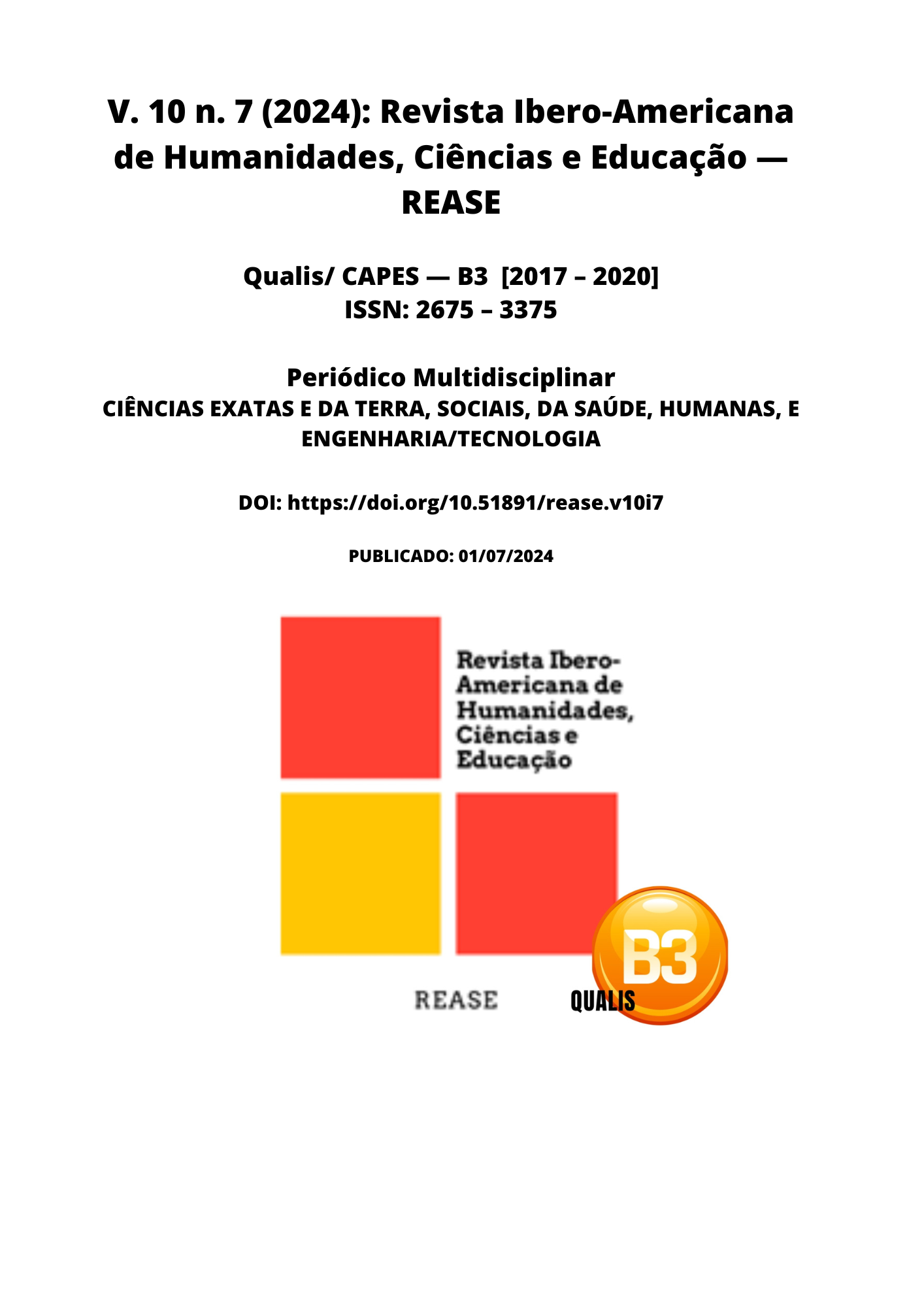OBTAINING BIOGENIC SILICA (SIO2) FROM SUGARCANE BAGASSE THROUGH DIFFERENT EXTRACTION METHOD
DOI:
https://doi.org/10.51891/rease.v10i7.14682Keywords:
Biogenic silica. Sugarcane. Catalysts. Purification. Sustainable.Abstract
The research conducted at the Institute of Science, Technology, and Education of Ceará (IFCE) campus Aracati aimed to obtain biogenic silica (SiO2) from sugarcane bagasse, obtained in Beberibe. For this purpose, leaching methods were employed in acidic medium, using hydrochloric acid (HCl), and in basic medium, using sodium hydroxide (NaOH), with calcination at two different temperatures, 400°C and 600°C. The obtained material was destined for the production of mesoporous catalysts of the MCM-41 type. The results demonstrated a considerable yield of biogenic silica, with the basic method achieving a yield above 90%. Additionally, through EDX analysis, a biogenic silica content above 50% was verified, indicating the viability of the process. Furthermore, in the X-ray diffractograms extracted through acid, formations of crystalline phases in silica were confirmed, however, in the Basic extraction, the presence of amorphous structures with small crystalline peaks was obtained. In the infrared processes, all results showed silica characteristics. This biogenic silica proved to be essential for the production of MCM-41 catalysts used in effluent water purification. Thus, the research highlights the efficacy of using sugarcane bagasse as a source of biogenic silica and its applicability in the production of catalytic materials for wastewater treatment, contributing to more sustainable and environmentally friendly practices.
Downloads
Downloads
Published
How to Cite
Issue
Section
Categories
License
Atribuição CC BY

